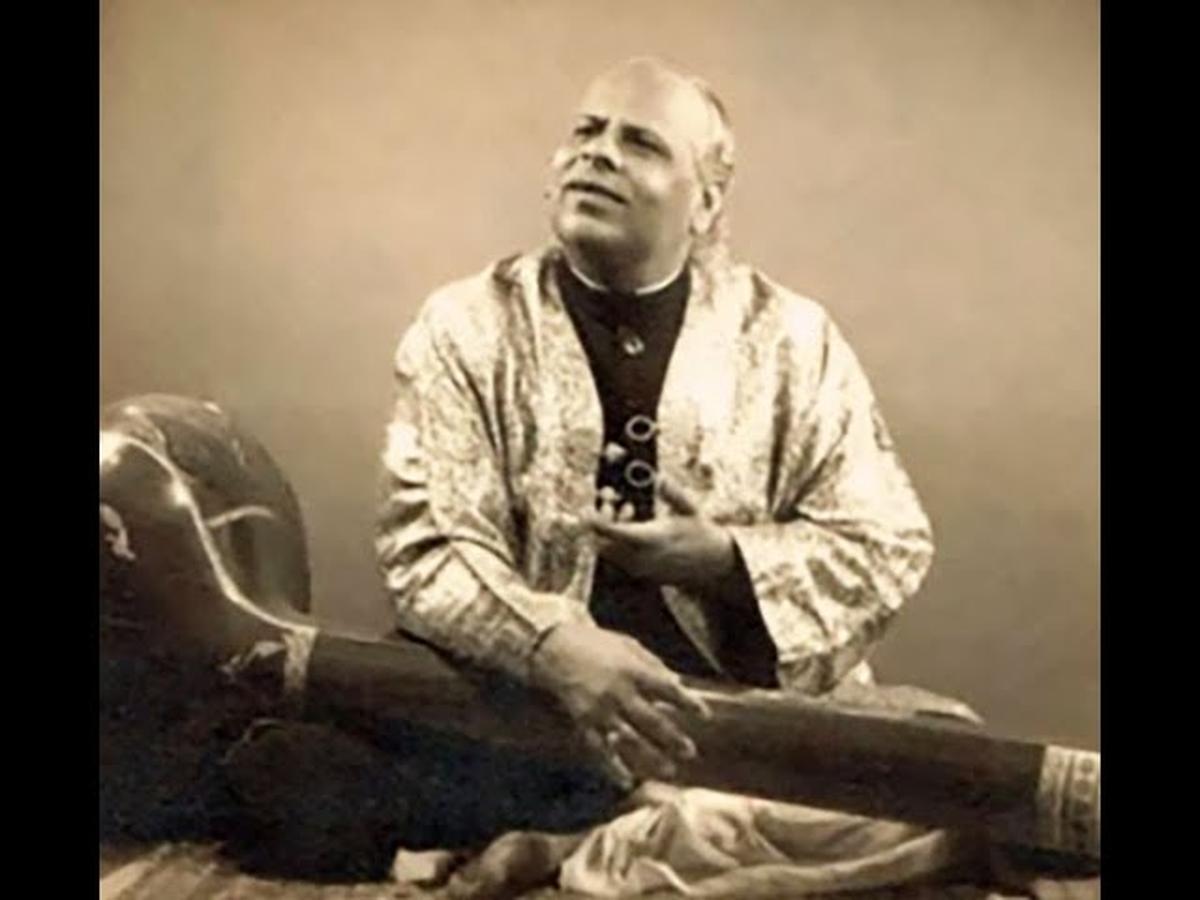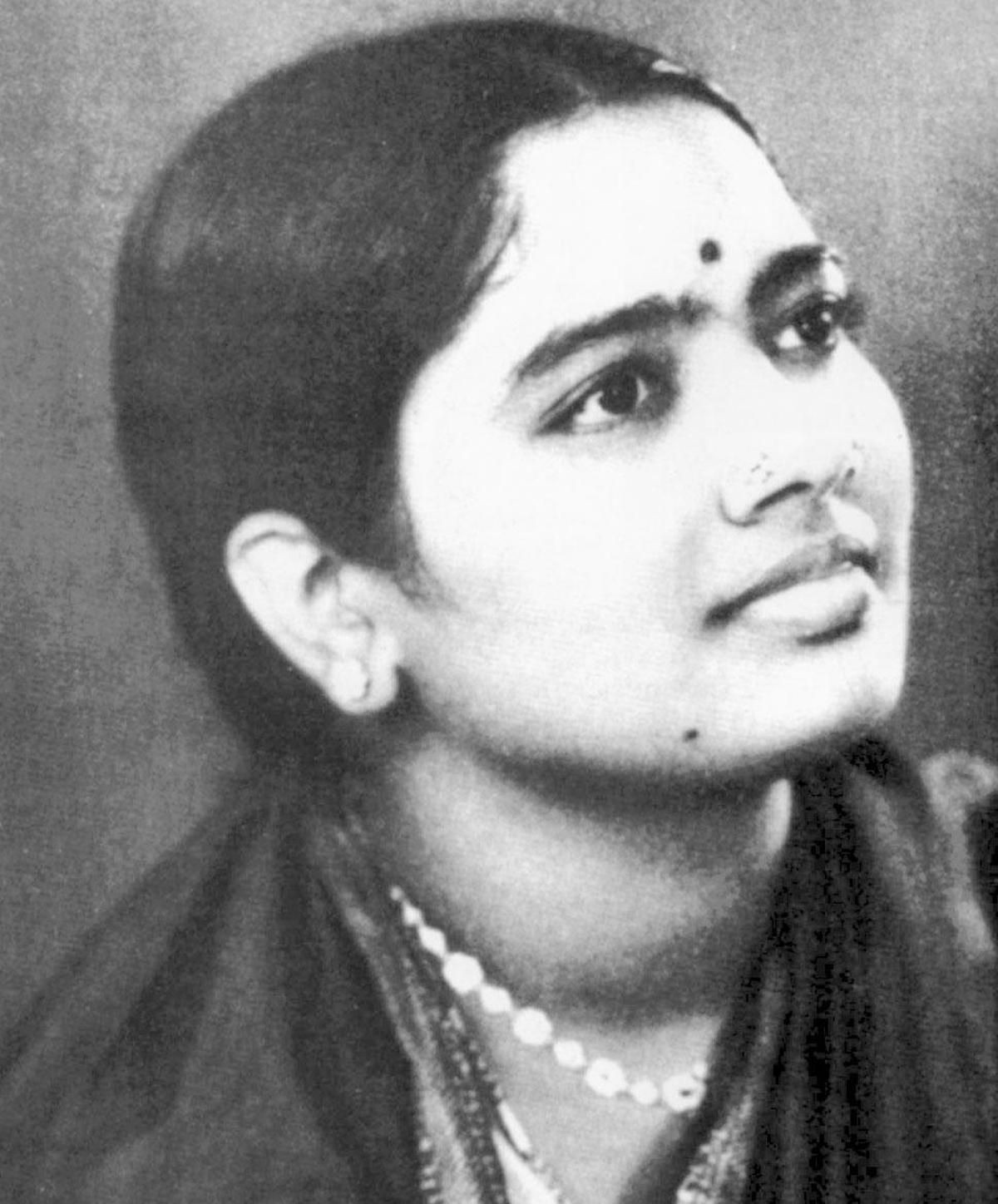Apart from the National Anthem, one song that echoes through our childhood and is sung in school assemblies is Vande Mataram. As children, we may not grasp its depth, but each time it is sung or played, especially on Independence Day or Republic Day, it evokes a deep sense of pride and emotion.
On November 7, 1875, in a quiet home near Joraghat in Chinsurah, where the river Hooghly whispers stories of time, poet and novelist Bankim Chandra Chatterjee, who was then a government official, penned these immortal lines. He first serialised it in his magazine Bangadarshan and later wove it into his novel Anandamath (1882). Vande Mataram became more than verse — it became the voice of a nation yearning for freedom.
Written in Sanskritised Bengali, its words are both gentle and defiant. ‘Vande Mataram’ means ‘I bow to thee, Mother’. It sings of the motherland, not with pomp, but with reverence.
Shubhra jyotsna pulakitayaaminim
Phulla kusumita drumadalashobhinim
Suhaasinim sumadhurabhaashhinim
Sukhadaam varadaam maataram

Bankim Chandra Chatterjee’s verses symbolise nation unity and pride
| Photo Credit:
Special Arrangement
It is said that Jadunath Bhattacharya, the music teacher of Bankim Chandra Chatterjee, first set the song to tune in raag Malhar, evoking the monsoon’s grace and the land’s longing. Its first public performance happened in 1896, when Rabindranath Tagore sang it at the Indian National Congress session in Calcutta, his haunting rendition was set in raag Desh, a raag that symbolises patriotism.
At the request of Subhas Chandra Bose, noted composer Timirbaran Bhattacharya gave Vande Mataram a marching cadence, setting it in raag Durga — a raag that evokes strength, courage, and divine feminine energy. It was a way to align the song to a rising revolution.
Vande Mataram gained prominence during Swadeshi movement. The British alarmed by its growing influence, imposed a ban on its public recitation. During the partition of Bengal, it became a powerful symbol of resistance and unity. It was no longer just a song — it was a call to awaken. Seminal thinkers such as Aurobindo, who translated the song into English, believed Vande Mataram carried an inherent spiritual force, capable of connecting people to a shared identity.
On the eve of India’s independence, freedom fighter Sucheta Kriplani sang Vande Mataram in the Constituent Assembly, her voice preceding Jawaharlal Nehru’s iconic ‘Tryst with Destiny’ speech. A song that had once stirred revolution now heralded a new beginning.

Pt. Omkarnath Thakur sang Vande Mataram at the dawn of Independence on Akashvani
| Photo Credit:
Special Arrangement
Hindustani vocalist Pt Omkarnath Thakur at the invitation of Sardar Vallabhbhai Patel sang his stirring version of Vande Mataram at 6.30 a.m. on August 15, 1947. Akashvani broadcast this, musically marking the birth of a free nation.
On January 24, 1950, the Constituent Assembly formally adopted the first two stanzas of Vande Mataram as the national song.
Over the years, Vande Mataram has been reimagined by many musicians and composers, each breathing new life into its timeless spirit and introducing it to newer generations. When it played every morning on radio, the solemn invocation became deeply embedded in the national consciousness. Among classical music stalwarts, Pt Vishnu Digambar Paluskar set it to raag Kafi and sang the unabridged version at the 1923 Congress session in Kakinada, a bold act that drew criticism from those who opposed its Hindu imagery, since the subsequent verses were an ode to goddess Durga.

D.K. Pattammal sang the Tamil version of the song
| Photo Credit:
The Hindu Archives
Carnatic vocalist M.S. Subbulakshmi offered a deeply spiritual rendition that continues to be played at events. She even sang it as a duet with Dilipkumar Roy, a singer, musicologist, novelist and poet. D.K. Pattammal too lent her voice to the Tamil version by Subramania Bharati. His 1907 adaptation was not just a translation, it was a reinterpretation that infused the song with Tamil linguistic beauty, nationalist fervour, and social reformist ideals.
In the world of cinema, Lata Mangeshkar sang Vande Mataram in the 1952 film Anand Math, with music by Hemant Kumar. Decades later, she released a contemporary version accompanied by a beautifully shot video. In the recent years, A.R. Rahman’s rousing ‘Maa tujhe salaam’ deeply resonated with youngsters.
Mysore M. Manjunath conducted a grand orchestra that performed to mark 150 years of the song
| Photo Credit:
Special Arrangement
The latest musician to present Vande Mataram is violinist Mysore Manjunath. On November 7, 2025, to mark 150 years of the composition, he led a musical tribute at the Indira Gandhi Indoor Stadium in New Delhi. He conceived and conducted a grand national orchestra featuring 70 distinguished musicians — vocalists and instrumentalists from across India. The presentation titled, ‘Vande Mataram: Naad Ekam, Roopam Anekam’ wove the diverse musical languages of India into a single, soaring melody.
As the final notes echoed through the stadium, it was not just music that filled the air — it was the sound of a nation remembering, rising and rejoicing.
Published – November 07, 2025 07:01 pm IST
